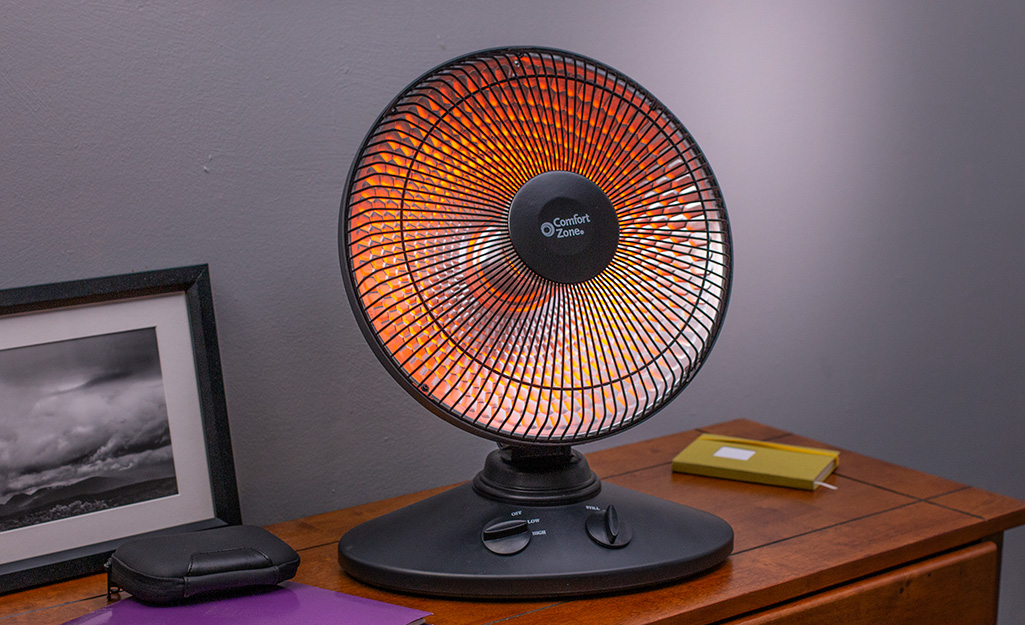How 1 Source Portable Air can Save You Time, Stress, and Money.
What Does 1 Source Portable Air Mean?
Table of ContentsThe Single Strategy To Use For 1 Source Portable AirNot known Details About 1 Source Portable Air The Single Strategy To Use For 1 Source Portable AirThings about 1 Source Portable Air6 Simple Techniques For 1 Source Portable Air
Running prices are based on an electricity rate of 40c/kWh. The costs for 3 months' usage in wintertime are based upon 500 hours use, or approximately 6 hours each day for 3 months. Maximum warm outcome is based upon the maximum wattage of the versions we've tested (we concentrate on greater wattage heaters).
On average, little follower heating systems are much less expensive to get, yet can have higher running expenses. Oil column heating units will certainly be the most inexpensive on the market to run (on average) but only by a slim margin ahead of convection heating units (like panel and micathermic panels).
The Of 1 Source Portable Air
If you have a relatively easy to fix ceiling fan, it'll help spread the warm around the room much more evenly. The versions in our electric heaters examination typically range in rate from well under $100 to over $900, yet we've found a greater price doesn't constantly indicate better efficiency. A number of costly heating systems have fallen short to thrill our testers, while some cheaper versions make for remarkably bargains.
As the name suggests, they emit heat from a red-hot home heating aspect (so the household will have to take turns resting in front of it). There are flooring and wall-mounted designs readily available. Radiant heating units are relatively cost-effective. They have a cosy glow and personal warming impact, like sitting in front of a fire.
The reasonably revealed burner can be a fire and safety and security threat. As an example, an item of apparel dropped over it might spark, or small kids messing around a flooring version might shed themselves, so be mindful. Radiant heating units usually set you back in between $20 and $200. Oil-filled column heating systems do not actually burn oil they use electrical power to heat up the oil that's sealed inside their columns or 'fins'.
The smart Trick of 1 Source Portable Air That Nobody is Talking About
Some column heaters aren't also oil-filled however rather make use of various other material or heating modern technology to function the exact same way - 1 Source Portable Air. The risk of fire with an oil column heating system is low contrasted to various other heater types, but never ever no. Oil heaters do not have exposed elements like glowing heating units do, and their surface area temperature level is less than several other heater types (their large area makes up for it)
Oil column heaters will not explode, and while they do not shed their oil to generate warm, it's still flammable, so there is a fire danger if the oil leaks, if the heater suggestions over and leakages, or if flammable things or material enter into get in touch with or fall on the heating unit. You should work out the same level of caution with oil heating systems as for various other heater types, and never ever hang towels or clothing over one to dry them use a drying out rack instead, a minimum of one metre away.
Column heaters are especially useful in spaces where they'll be switched over on for find extended periods of time or where they'll operate neglected, such as overnight in a bed room. The surface areas you're most likely to touch on a column heating unit do not obtain as warm as other kinds of electric heating units. You can utilize a ceiling follower on really low speed to aid the column heater to disperse the warmth much faster and a lot more equally.
If there's not much air motion (for instance, if you're sitting reading or viewing TV), the warm might not be dispersed evenly. Oil-filled column heaters typically cost between $50 and $450. Convection and panel heaters draw chilly air over an electric burner. The warmed air after that leaves the heating system and climbs in the direction of the ceiling, while cooler air actions in to change it.
1 Source Portable Air for Beginners

Convection and panel heaters are a lot more portable than their oil-filled column heating system counterparts due to the fact that they're significantly lighter. Like a column heating unit, you can use a ceiling fan on really low rate to distribute the warm much faster and more uniformly.

All about 1 Source Portable Air
Follower heating systems are typically smaller sized and extra portable than other electric heating systems. They additionally come in the form of tower fan heating units, which can be better for distributing heat around larger spaces due to their taller profile. They can heat the air in a room more quickly, uniformly and rapidly than a few other heating unit kinds.
They can be rather loud with the follower on complete power, however are generally sensibly silent at reduced fan speeds. Fan heaters (ceramic or otherwise) generally cost between $60 and $900. Ceramic follower heating systems aren't always any kind of various in cost to non-ceramic designs. A fairly recent entrant right into the customer market, infrared heating systems heat up the space find out here like the sun heats your face (without the UV rays so no threat of skin cancer cells). 1 Source Portable Air.